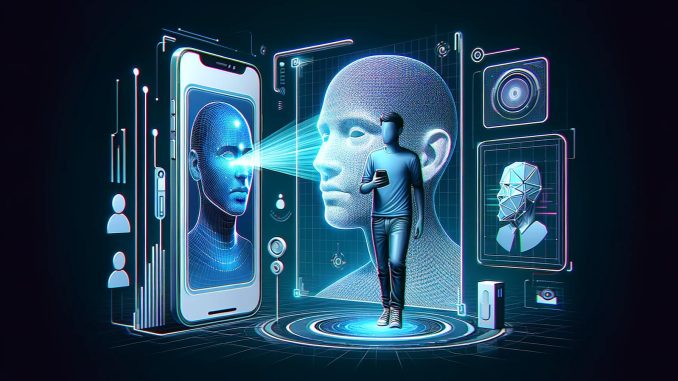
Eraser: The Privacy Vanisher
When you do not provide consent, FRT presents a landscape of invisible operators: the air around us becomes am insignia. In this environment, how is it possible to keep any clear division of roles? It has been suggested by some that this will only be beneficial for industry and life in general will improve. Security is given safeguards such as never before with new systems that can assure nation-wide safety. But opponents point out that with FRT, a society could be reached where every step passes under surveillance by the government, by firms and even private agencies alike. Governments and enterprises that use FRT wrong must develop policies for the acquisition, treatment, storage, access and distribution of digital information on a massive scale. These questions belong yet to the status of statutory regulation for the most part. Latter part of this constitutes a potential hazard for abuse if user collectives who are acting on behalf of still un-seen clients come into being.
Bias and exclusion: The Injustice of FRT
Facial recognition algorithms in general are seen to have bias built into them. Studies have shown that the technology is less accurate with people of a darker hue, women and non-binary users. This discrimination reflects not only the lack of diversity in training data sets for these systems but also that some groups are over–represented while others are under-represented.Errors like this are of great social significance, especially for criminal law. False arrests due to misidentified images of people′s faces take this form. However, to exclude biased outputs from becoming too ingrained in the computer environment calls for a programmer commitment diversity/equity in her or his machine’s training materials and needs strict audits throughout.
133 In such cases, FRT operates insidiously without anyone knowing their image is taken or used. Basically anywhere cameras with FRT are set up in this society: shopping malls, airports, etc., it’s possible to take pictures of people’s faces without first asking the people themselves for permission. If someone were to have the right to refuse to be part of such a system, then this would raise ethical questions. Whether fellow citizens can choose their own lifestyles: work life or not working life. The today’s school of practicing chefs. Plus a ton load of new age home establishments.
Accountability and Transparency If FRT is used by any organization or entity, it should be made as public a fact as possible, and places specified where individuals can choose not to participate in this type of surveillance. It is conceivable from a technical standpoint that this will bring social benefits as stated. However, it does not always bear itself out in fact and in time regional laws could claim such usage should be subject to independent investigation. Here again, balanced judgment is essential. The originators of the nine leading industrial countries producing FRT devices.4. Surveillance and Authoritarianism: A Two-Edged Sword There are many true applications of FRT in security and criminal prevention.
But misuse of the technology could engender an authoritarian trend. In some countries the technology is used not only for criminal investigation, but also to quell demonstrations by classifying them merely as things that happened during major accidents etc. This gives pretexts for arresting people or meting out heavy punishment to them. It has a destructive effect on liberal democratic societies which leads their vigor into conservatism To prevent such misuse, legally binding rules must be set for what regulatory role governments and private companies will have in FRT. Independent monitoring bodies are needed to guarantee that the rules will be observed.
Balance Innovation with Responsibility
The ethical problems with FRT are not by any means insurmountable. Politicians, technologists and ethicists can work together to set standards that encourage innovation with concern for ethics. For instance:
Legislation – It is necessary for law enforcement agencies to introduce an all-embracing set of regulations on the use of FRT. Particular attention should be paid to protecting privacy rights as well ensuring transparency and fairness.
Accountability – The firms which design these systems must shoulder the responsibility for them. They must be impartial; they must not infringe on others’ rights.
But they don’t really understand the practical applications of FRT all too well. That is to say, any effort in the future made to let public opinion be molded by education should itself take into account the limitations and capabilities of this process, or even its requirements and warnings; it should also clarify what rights are involved for those who are affected. At the moment facial recognition technology is full of promise but also gets bogged down in a number of ethical questions. Therefore, even if we’re already here, human rights and ethics must come to the fore first. Today, giving full play to all the advantages of face recognition technology and avoiding pitfalls is feasible if it is properly regulated, open and furthermore some of new key techniques will in near future be applied. Between unconstrained curiosity and social responsibility, one has to find a balance: will FRT be a force for good or should we expect instead of making any significant advances-ending up merely reproducing the old differences that exist in society now? As the guardians and destroyers of our own human culture, we should beg to hear God?s voice in this day asking us these questions. Because we don’t want to go teaching babies future mountains and seas for themselves when they grow up tomorrow.